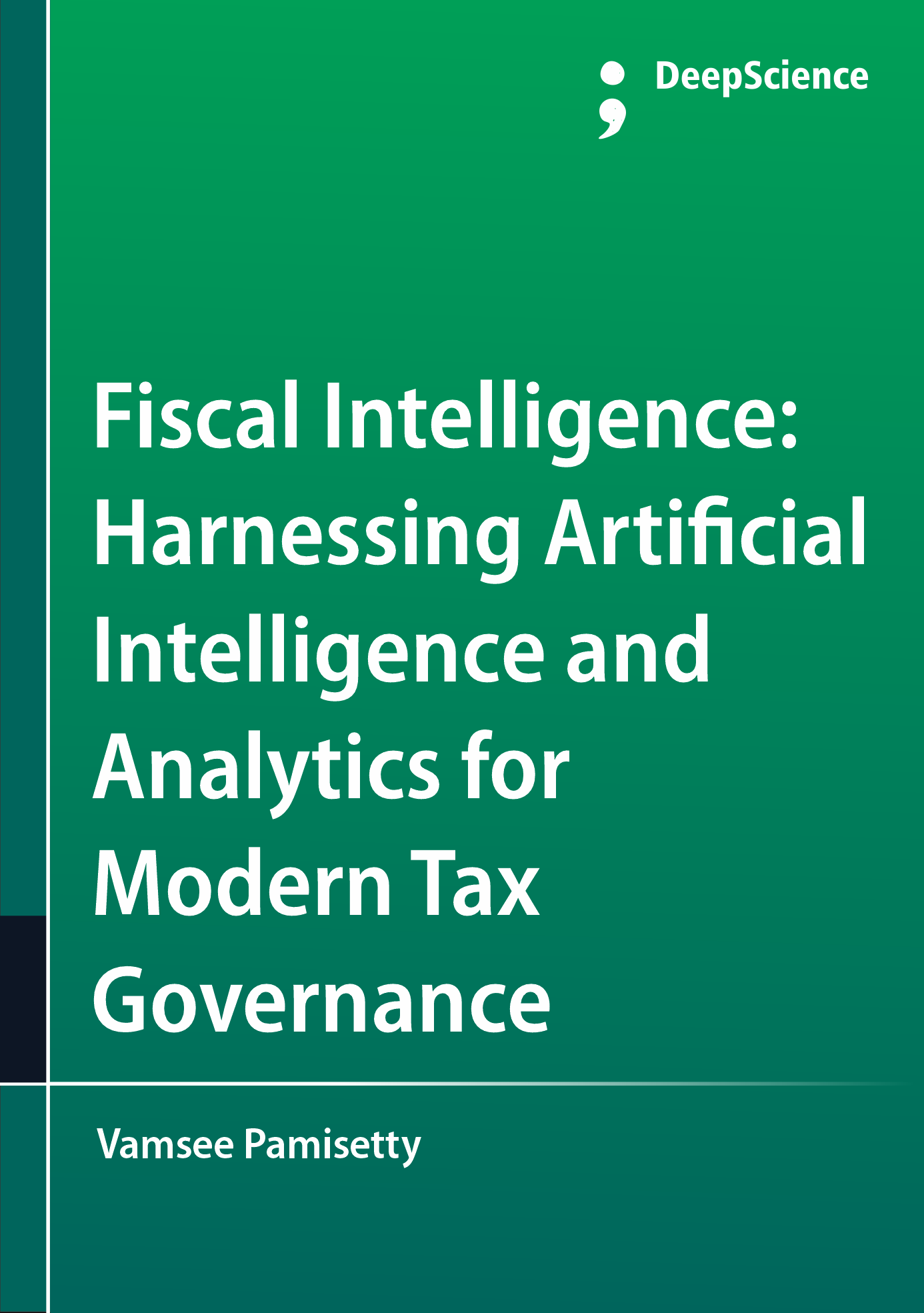Utilizing big data to strengthen financial oversight and increase transparency in public revenue
Synopsis
Effective management of public resources is crucial to ensuring the smooth functioning of society, as well as the provision of quality goods and services to citizens. Thus, governments must act efficiently and responsibly, properly allocating and utilizing the resources of each nation. That said, the reality is quite different everywhere across the world, with numerous government officials being accused or even prosecuted for embezzling public funds every year. This raises a legitimate question: how is it possible that civil servants in charge of overseeing the correct use of public resources can commit such acts with impunity? The answer lies in the difficulties of the auditing process, which is generally conducted in an off-line, retrospective fashion. Consequently, auditing is often conducted months or years after transactions and the official in charge of certifying that the money has been spent correctly is usually the same as the one who has decided how the funds will be spent, making it difficult to avoid conflicts of interest in the process.
Developments in information technology in recent decades have contributed to the emergence of big data concepts and techniques, and the use of big data analytics has mushroomed in the fields of marketing, health, management, and education, inter alia. However, the concept of using such data in auditing has only very recently been put forward and has not yet been practically implemented anywhere. This paper explores the potential contribution of big data and its analysis to making public financial oversight and auditing more efficient. Important sources of big data already exist, such as online service directories, payment systems, and e-commerce platforms, among many others. The web has evolved into a database containing a wealth of information on economic activity, including email exchanges, publication of company information like their tax identification number, and identification of suppliers through brochure publication services, among others. Such information can be utilized to conduct public audits more dynamically, guiding the allocation of resources deeper into the monitoring process.













